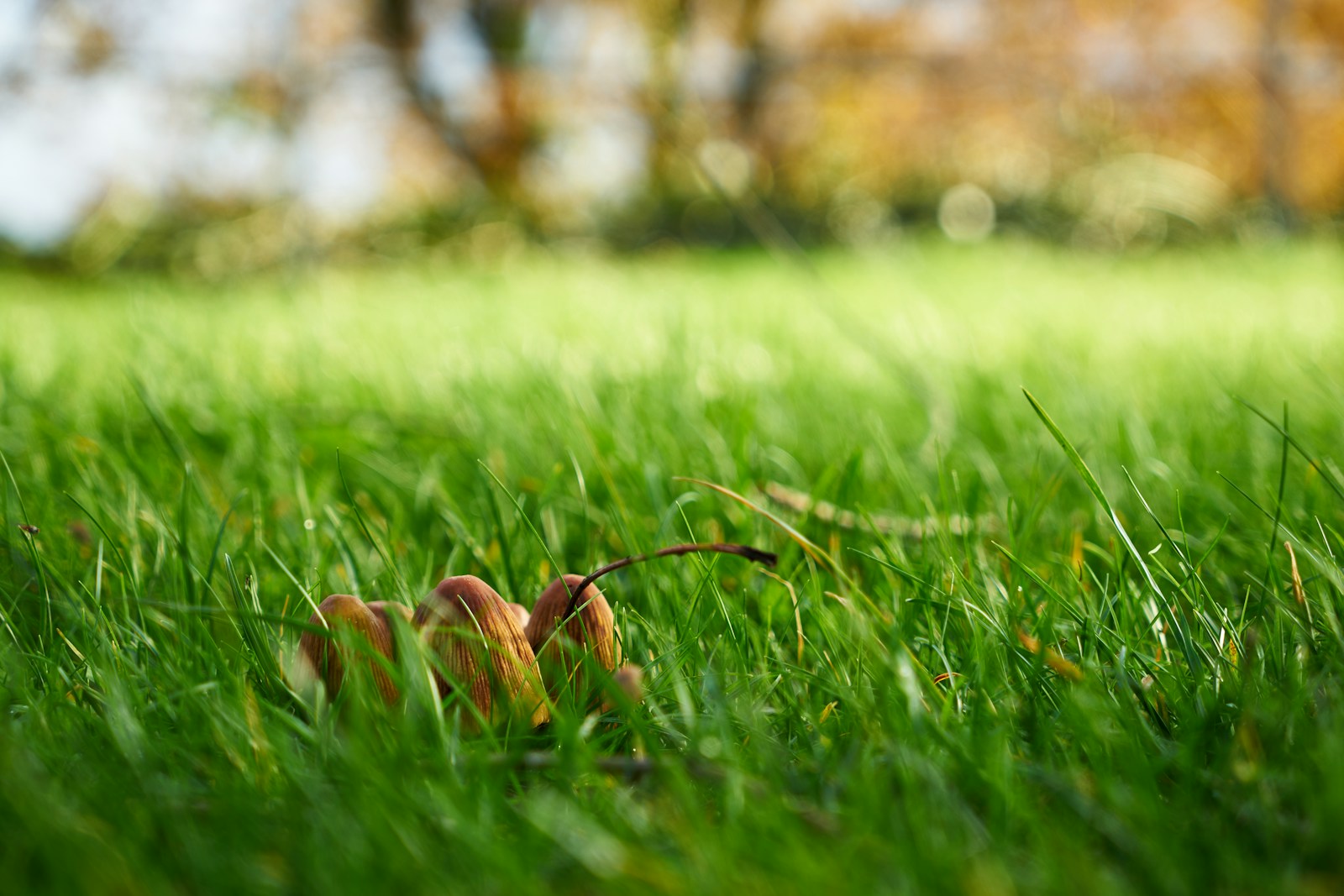Lawn stripping might sound like a drastic measure, but it’s a highly effective technique for reviving tired, compacted, or thatch-ridden lawns. Whether you’re dealing with years of accumulated debris or simply want to give your lawn a fresh start, this guide will walk you through the process.
Understanding Lawn Stripping
Lawn stripping involves removing the top layer of your lawn, including grass, thatch (the layer of dead organic matter between grass blades and soil), and some soil. This process:
- Reduces thatch buildup: Excessive thatch prevents water, air, and nutrients from reaching the soil.
- Alleviates compaction: Compacted soil hinders root growth and drainage.
- Provides a clean slate: Ideal for reseeding or laying sod.
When to Strip Your Lawn
The best time for lawn stripping is during the cooler months when your grass type is actively growing. Fall is generally ideal for cool-season grasses, while late spring or early fall works well for warm-season grasses.
Tools and Materials
You’ll need:
- Lawn scarifier (powered or manual)
- Heavy-duty rake
- Wheelbarrow or tarp
- Garden hose
- Lawn mower
- Topsoil (if needed)
- Grass seed or sod (if reseeding or laying sod)
- Safety glasses and gloves
Step-by-Step Guide
- Mow Low: Cut your grass as short as possible to make the stripping process easier.
- Prepare the Area: Clear the lawn of debris like sticks, stones, and toys.
- Adjust Scarifier Depth: Set the depth of your scarifier to remove about 1/2 inch of thatch and soil. Test on a small area first to ensure you’re not digging too deep.
- Scarify the Lawn: Make multiple passes over the lawn, overlapping slightly with each pass. For manual scarifiers, short, powerful strokes are most effective.
- Rake and Remove Debris: Thoroughly rake up and remove all the detached thatch and soil. Dispose of it properly or add it to your compost pile (if free of disease).
- Level the Surface: Fill in any low spots with topsoil and rake the entire area smooth.
- Reseed, Sod, or Renovate: If you’re starting fresh, now is the time to reseed, lay sod, or implement your chosen lawn renovation method.
- Water Deeply: Water the stripped area thoroughly to encourage new growth.
Pro Tips
- Don’t rush the process: Take your time with each step to ensure a successful outcome.
- Aerate afterwards: After your new lawn is established, aerate annually to prevent future compaction.
#DIY #LawnCare #LawnStripping #ThatchRemoval #LawnRenovation
